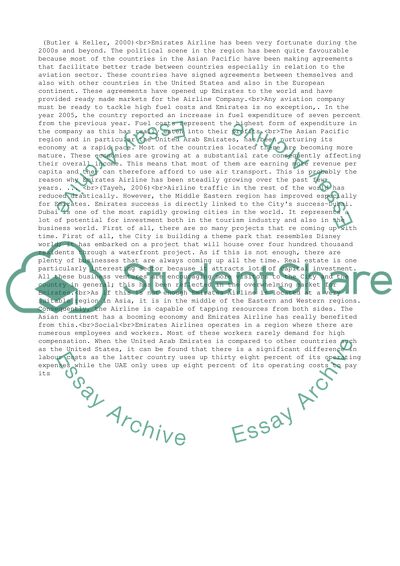Cite this document
(“Emirates Airline Case Study Example | Topics and Well Written Essays - 3000 words”, n.d.)
Emirates Airline Case Study Example | Topics and Well Written Essays - 3000 words. Retrieved from https://studentshare.org/business/1511210-emirates-airline
Emirates Airline Case Study Example | Topics and Well Written Essays - 3000 words. Retrieved from https://studentshare.org/business/1511210-emirates-airline
(Emirates Airline Case Study Example | Topics and Well Written Essays - 3000 Words)
Emirates Airline Case Study Example | Topics and Well Written Essays - 3000 Words. https://studentshare.org/business/1511210-emirates-airline.
Emirates Airline Case Study Example | Topics and Well Written Essays - 3000 Words. https://studentshare.org/business/1511210-emirates-airline.
“Emirates Airline Case Study Example | Topics and Well Written Essays - 3000 Words”, n.d. https://studentshare.org/business/1511210-emirates-airline.


